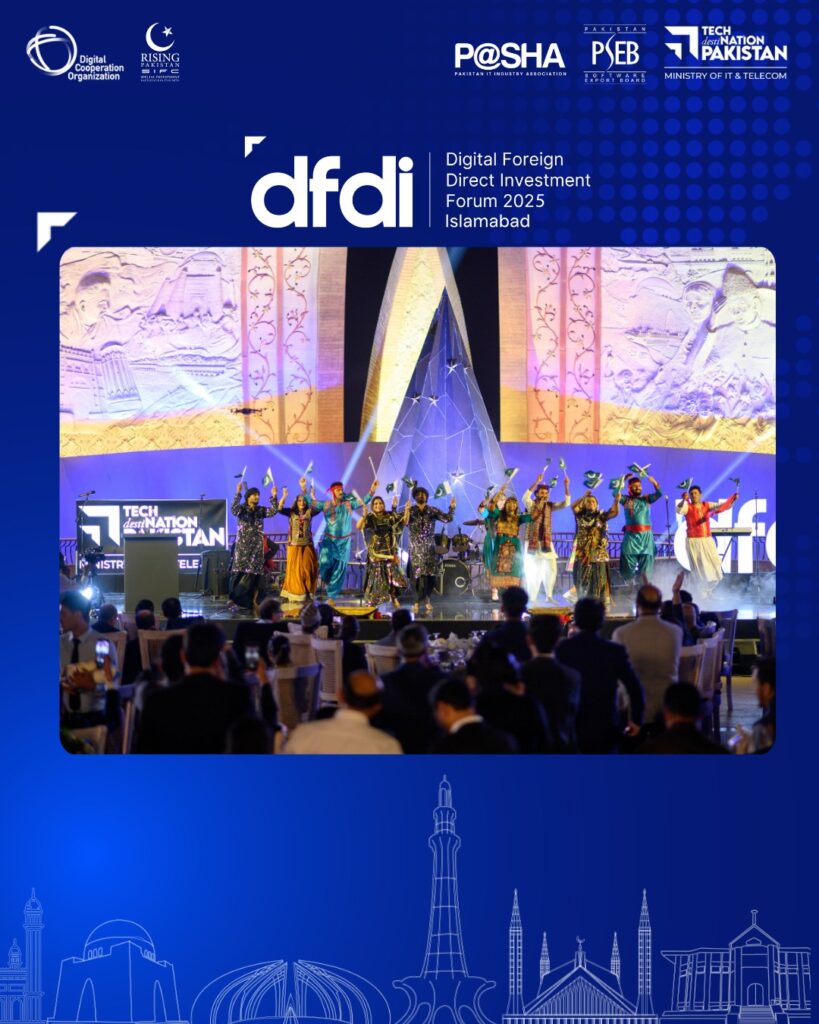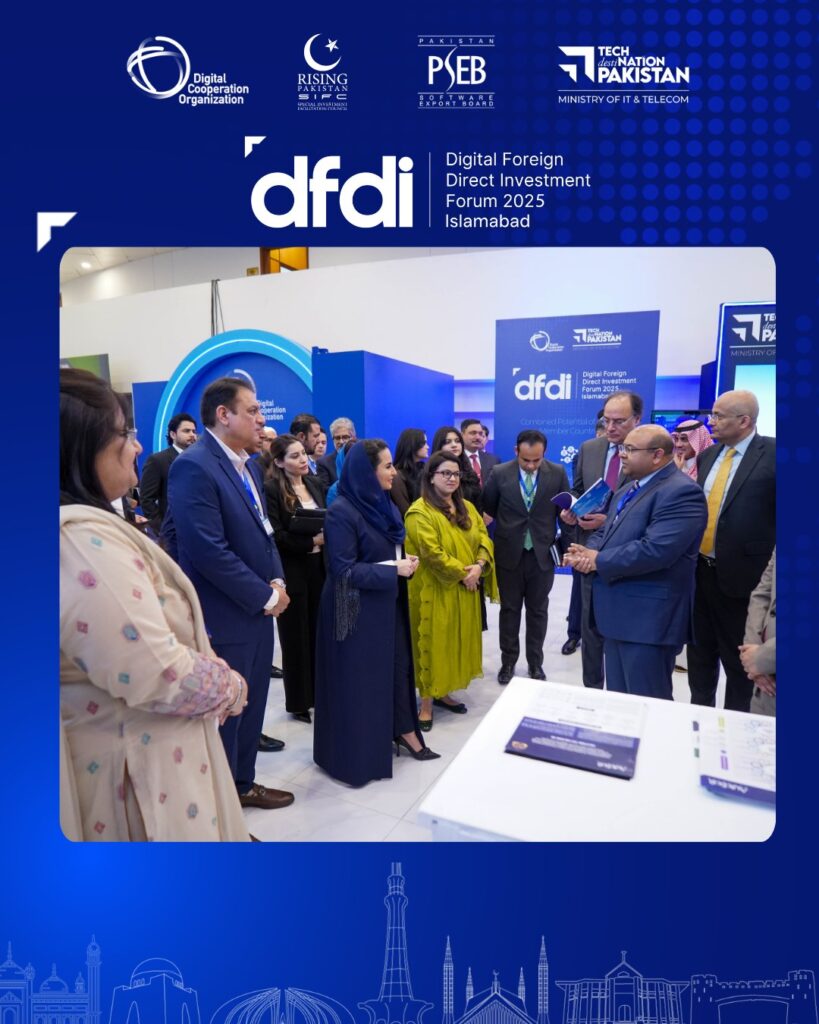Table of Contents
Policy Work for DFDI: A Comprehensive Guide
Policy Work for DFDI refers to the strategic development and implementation of policies aimed at attracting and managing Foreign Direct Investment (FDI). Effective policy work in DFDI is crucial for countries seeking to enhance economic growth, create jobs, and integrate into the global economy. By establishing a conducive policy environment, governments can attract quality investments that contribute to sustainable development.
Understanding Policy Work for DFDI
What is Policy Work for DFDI?
Policy Work for DFDI encompasses the formulation of legal, regulatory, and institutional frameworks that govern foreign investments. This includes policies related to investment entry and establishment, treatment and protection of investors, and mechanisms for dispute resolution. The goal is to create a transparent, predictable, and attractive investment climate.

Importance of Policy Work in DFDI
Strategic policy work in DFDI is vital for:
- Attracting Quality Investments: Well-crafted policies can draw investors seeking stable and predictable environments.
- Enhancing Economic Development: FDI can lead to technology transfer, skill development, and infrastructure improvement.
- Ensuring Sustainable Growth: Policies can align FDI with national development goals, including environmental and social objectives.
Key Components of Policy Work for DFDI
Investment Promotion Strategies
Governments employ various strategies to promote FDI, such as:
- Incentives: Tax breaks, subsidies, and grants to attract investors.
- Marketing Campaigns: Showcasing the country’s investment opportunities and advantages.
- One-Stop Shops: Streamlining administrative procedures for investors.
Legal and Regulatory Frameworks
A robust legal framework ensures:
- Protection of Investor Rights: Guaranteeing fair treatment and protection against expropriation.
- Dispute Resolution Mechanisms: Establishing clear processes for resolving conflicts.
- Compliance with International Standards: Aligning with global investment agreements and treaties.
Institutional Arrangements
Effective institutions are essential for implementing policies, including:
- Investment Promotion Agencies (IPAs): Dedicated bodies to facilitate and support investors.
- Regulatory Authorities: Ensuring compliance with investment laws and regulations.
- Inter-Ministerial Committees: Coordinating policies across different sectors and levels of government.
Best Practices in Policy Work for DFDI
Transparency and Predictability
Investors value clear and consistent policies. Governments should:
- Publish Investment Laws and Regulations: Making information readily accessible.
- Engage in Stakeholder Consultations: Involving investors and the public in policy-making.
- Regularly Review and Update Policies: Adapting to changing economic conditions and investor needs.
Alignment with Sustainable Development Goals (SDGs)
Policies should promote investments that contribute to:
- Economic Growth: Creating jobs and enhancing productivity.
- Social Inclusion: Supporting education, health, and equitable opportunities.
- Environmental Protection: Encouraging green investments and sustainable practices.
Capacity Building
Strengthening institutional and human capacities is crucial for effective policy implementation:
- Training Programs: Enhancing skills of officials involved in investment promotion and regulation.
- Technical Assistance: Leveraging support from international organizations and development partners.
- Monitoring and Evaluation: Assessing policy outcomes and making necessary adjustments.
Challenges in Policy Work for DFDI
Despite the benefits, countries may face challenges such as:
- Policy Coherence: Ensuring consistency across different sectors and levels of government.
- Political Stability: Maintaining a stable environment conducive to investment.
- Infrastructure Deficits: Addressing gaps in physical and digital infrastructure.
- Corruption and Bureaucracy: Reducing red tape and enhancing governance.
ase Studies: Successful Policy Work for DFDI
Case Study 1: Singapore – Creating a Pro-Business Ecosystem
Singapore is globally recognized for its robust policy work for DFDI. The government has consistently invested in creating a stable, transparent, and business-friendly environment. Key features of its policy work include:
- Tax Incentives for foreign companies in sectors like tech, biotech, and finance.
- World-class Infrastructure, including business parks and digital connectivity.
- Efficient Bureaucracy with fast-tracked licensing and one-stop-shop services via the Economic Development Board (EDB).
Impact: Singapore has consistently ranked in the top 5 of the World Bank’s Ease of Doing Business Index and attracted billions in FDI annually.
Case Study 2: Rwanda – Simplifying Business Regulations
Rwanda is an emerging African nation that undertook major reforms to attract DFDI by overhauling its investment climate. Reforms included:
- Cutting red tape by creating an online business registration portal.
- Establishing the Rwanda Development Board (RDB) as a single-window clearance body.
- Reforming property laws and reducing business registration time to less than 6 hours.
Impact: Rwanda became one of the easiest countries in Africa to do business in, drawing increased FDI in tourism, ICT, and energy.
Case Study 3: Ireland – Leveraging Policy Work to Attract Tech Giants
Ireland strategically restructured its tax and investment policies in the 1990s to become a global tech hub. Policy actions included:
- Offering a 12.5% corporate tax rate – one of the lowest in Europe.
- Incentives for R&D and Intellectual Property (IP) investments.
- Strong alignment with the EU regulatory framework.
Impact: Major corporations like Google, Apple, Facebook, and Microsoft set up European HQs in Ireland, significantly boosting job creation and exports.
Case Study 4: United Arab Emirates – Policy Reform to Enable 100% Foreign Ownership
The UAE recently enacted landmark investment reforms allowing full foreign ownership in many sectors. Key policy changes:
- Amended Commercial Companies Law, removing the need for local sponsors in over 100 sectors.
- Free Zones with Tailored Policies, such as Dubai Internet City and Abu Dhabi Global Market.
- Digitization of Investor Services, improving ease and speed of doing business.
Impact: Surge in DFDI from Asia and Europe, especially in real estate, technology, and logistics.
Case Study 5: Vietnam – Targeted Sectoral Policy for Manufacturing FDI
Vietnam has emerged as a manufacturing powerhouse thanks to its policy-driven FDI strategy. Notable elements:
- Special Economic Zones (SEZs) offering tax holidays and land lease incentives.
- Sector prioritization in electronics, textiles, and automotive supply chains.
- Bilateral and multilateral trade agreements, like the CPTPP and EVFTA, integrated into policy work.
Impact: Attracted massive FDI inflows from Japan, South Korea, and the EU, especially after firms began shifting operations out of China.
Case Study 6: Colombia – Investment Policy for Regional Development
Colombia aligned its DFDI policy with national development goals by decentralizing investment benefits:
- Investment incentives for less developed regions through Law 223.
- Promotional efforts targeting renewable energy and agro-industries.
- Legal frameworks providing investor protection and arbitration mechanisms.
Impact: Balanced FDI across urban and rural areas, fostering inclusive growth and regional job creation.
Case Study 7: India – Digital Reforms in Investment Policy
India undertook massive policy reforms under its “Make in India” and “Digital India” initiatives, focusing on:
- Automated online approval systems like the National Single Window System.
- FDI liberalization across sectors like defense, retail, and insurance.
- State-level competition to improve ease of doing business rankings.
Impact: India became one of the top destinations for greenfield FDI globally and strengthened its position as a digital economy.
Case Study 8: Estonia – E-Governance to Attract Tech-Savvy Investors
Estonia focused its policy work for DFDI on creating a fully digital public administration, including:
- E-Residency Program, allowing foreign entrepreneurs to start an EU company online.
- Blockchain-backed government services for security and efficiency.
- Zero bureaucracy in company registration, often completed in under 3 hours.
Impact: Positioned Estonia as a digital investment destination, especially for startups and fintech companies.
Future Outlook for Policy Work for DFDI
As global competition for FDI intensifies, countries must:
- Embrace Digitalization: Leveraging technology to facilitate investment processes.
- Foster Innovation: Creating environments that support research and development.
- Enhance Regional Integration: Participating in trade agreements and regional initiatives.
- Promote Inclusive Growth: Ensuring that FDI benefits are widely shared across society.

Conclusion
Policy Work for DFDI is a critical component in attracting and managing foreign investments. By developing transparent, predictable, and sustainable policies, countries can create favorable environments that not only attract FDI but also ensure that such investments contribute positively to their economic and social development. Continuous evaluation and adaptation of policies, in line with global best practices and national priorities, are essential for maximizing the benefits of FDI.
Frequently Asked Questions (FAQs)
Q1: What is the primary goal of Policy Work for DFDI?
A1: The primary goal is to create a conducive policy environment that attracts and manages Foreign Direct Investment effectively, contributing to sustainable economic growth.
Q2: How does Policy Work for DFDI benefit a country’s economy?
A2: It attracts quality investments, creates jobs, enhances technology transfer, and integrates the country into the global economy.
Q3: What are common challenges in implementing Policy Work for DFDI?
A3: Challenges include ensuring policy coherence, maintaining political stability, addressing infrastructure deficits, and combating corruption.
Q4: How can countries align FDI policies with Sustainable Development Goals?
A4: By promoting investments in sectors that contribute to economic growth, social inclusion, and environmental protection.
Q5: What role do Investment Promotion Agencies play in Policy Work for DFDI?
A5: They facilitate and support investors, streamline administrative procedures, and promote the country as an attractive investment destination.
Follow us on Facebook for Quick Response & Quires – Digital Foreign Direct Investment (DFDI)
